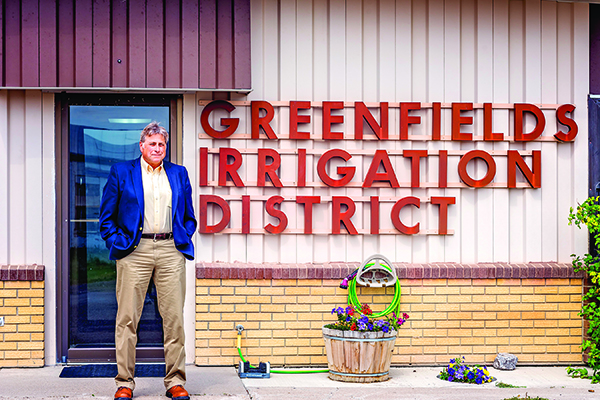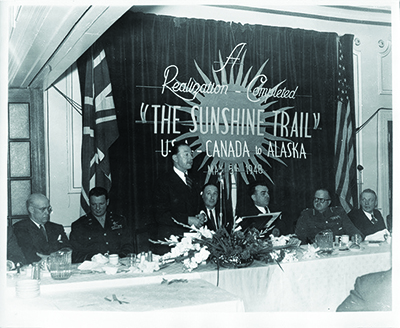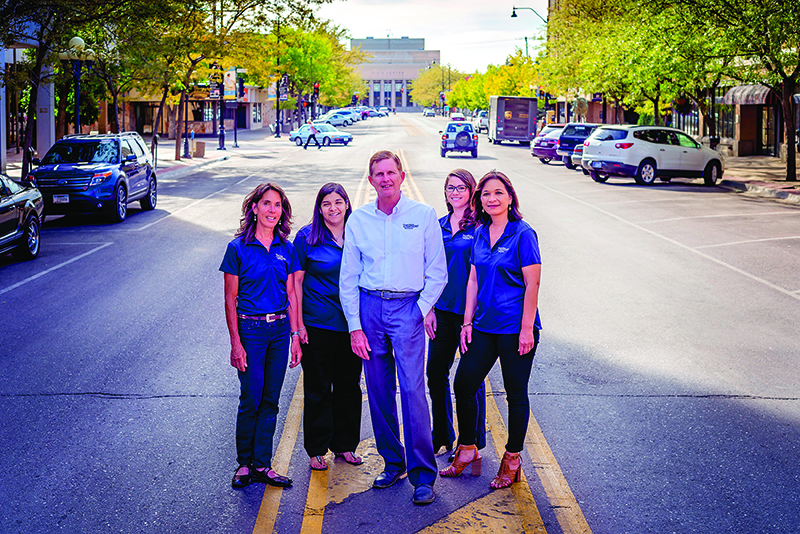The Great Falls Area Chamber of Commerce Finds
Inspiration through a Passion for its Past
Text by Holly Matkin | Photography by Marcus Serrano
All too often, many of us tend to view modern life as being superior to the days of our forefathers. With the abundance of technology and infrastructure woven into our world, it’s as if we mistakenly believe we innately possess knowledge and abilities that far surpass those of preceding generations.
Granted, what we today perceive as being commonplace – maybe even mundane – would likely have been inconceivable to those who founded Great Falls in the late 1800s. But how often do we stop to consider just how the normalcy of our everyday lives came to be? How did these quiet, vastly sprawling plains along the Missouri River become the bustling, productive community Great Falls area rebsidents call home?
A Shared Vision
While much has been written about the contributions of local historical figures such as Paris Gibson and James J. Hill, the significant influence of one Great Falls area group is far less realized.
“I do find it interesting that the City of Great Falls was incorporated in 1888,” explains Great Falls Area Chamber of Commerce President and CEO, Brad Livingston. “At the same time this band of citizens was working to have their city incorporated, the business community was banding together as the Board of Trade to promote businesses in Great Falls.”
The Board of Trade would later be known as the Great Falls Commercial Club and the Merchant’s Association, eventually evolving into the Great Falls Area Chamber of Commerce. Over the past 128 years, their influence has been far-reaching and impactful throughout the community, often in ways that time has forgotten.

Erling A. Juel, District Manager for Greenfields Irrigation District, shares his knowledge of the Sun River Project from the District’s office in Fairfield.
Agricultural Aspirations
Beginning in the early 1900s, Great Falls area business leaders (originally the Great Falls Commercial Club) began clamoring for a federal reclamation project in an effort to improve the productivity of area farms. The group aimed to attract new settlers and industries to the area, diversify the economy, produce an abundance of locally-grown food and, naturally, to increase their own profits.
Over the period of two decades, the Club fought for the Sun River Project, which today encompasses the Fort Shaw and Greenfields water districts. Their efforts included a 1905 trek to Washington, D.C., to meet with government officials (including President Theodore Roosevelt), followed by a 1911 water rights adjudication that cost them $12,000.
In 1912, after the Club’s lengthy negotiations with the Great Northern Railroad, rail service was established between Fort Shaw and Great Falls. Prior to this achievement, many area farmers would travel for two days – assuming the road was passable at all – in order to transport their produce to Great Falls.
In 1914, the Club worked with college officials to help establish the area’s first County Agent position, thereby enabling farmers to access agricultural research for the first time. Instead of relying on trial-and-error, farmers could utilize empirical evidence to develop their business strategies.
Although the Club’s ideals frequently conflicted with the actual ability of the land, farmers did discover the profitability of honey, dairy and alfalfa hay production, as well as the continuation of livestock grazing. Furthermore, the Sun River Project resulted in the establishment of the Simms and Fort Shaw communities, improved transportation routes and initiated the collaboration of rural and urban interests.
Connecting Communities
Mike Flaherty’s grandfather, James J. (J.J.) Flaherty, Sr., started the Great Falls Paper Company with his two brothers in 1913. “We are a 103-year member of the Great Falls Chamber,” explains Mike. From 1946 until 1950, “my grandfather was president of what they called Montana Inc., which turned into the Montana Chamber.” He had previously served as President of the Great Falls Area Chamber from 1937 until 1938.
J.J.’s vision for Great Falls’ future extended far beyond city limits. “My grandfather’s personal friends were our U.S. Senators and Congressmen. So he wrote letters to extend the interstate system, to extend the road system, to rural counties that didn’t have it.”
And he didn’t stop at writing letters. “Beginning in the 40s, my grandfather was huge in promoting Canadian relations. They called it the Sunshine Trail. It’s the road and the air route to Canada. He was an honorary member of the Lethbridge Chamber and the Calgary Chamber of Commerce.”
In addition to air and road transportation, J.J. was no stranger to the railways. “They used to take booster trains out of Great Falls and run them up and down the Hi-line into different towns to promote Great Falls as a distribution center.”
Mike’s admiration for the accomplishments made by his grandfather and other past members of the Chamber is readily evident. “They just led the most remarkable lives,” he marvels.

(left to right) Unknown; Col John Chennault, C.O. US Army Air Corp, Great Falls, MT; Viscount General Harold Alexander, Governor General of Canada; E.R. McFarland, President, Lethbridge Chamber of Commerce; James J Flaherty, President , Montana Chamber of Commerce; Unknown Canadian Officer; Unknown.
Artistic Heritage
It is difficult to imagine the world of western art without picturing the work of C.M. Russell. In 1927, the Great Falls Area Chamber raised a whopping $25,000 to purchase the artist’s home after his wife, Nancy, agreed to donate C.M. Russell’s art studio to the City of Great Falls. “If that hadn’t happened,” Brad speculates, “that artwork would probably have been sold and we wouldn’t have the Russell Museum we have today, and we probably would not have the 47 years of the Russell Auction.”
Today’s Chamber Team
“In the past eight months, I’ve seen more staff and member participation,” notes Chamber Office Manager, Roxy Perez, “Member visits have increased, and more members are participating in Chamber activities.”
Currently 600 businesses are members of the Great Falls Area Chamber with 90 joining in the past six months alone. “It’s a wonderful experience to be a part of the Chamber at such a pivotal time,” says Chamber Executive Assistant Lindsay Lalonde.
Several business leaders credit Brad’s leadership skills as having a positive impact on the Chamber’s overall direction. After serving 41 years in the Montana Air National Guard, Brad retired as a Brigadier General. He took on his position at the Chamber just seven months ago.
“You have Brad, who led thousands of people in his world with the military,” explains Mike Flaherty. “He’s taking what he knows on leadership and translating it into downtown business skills.” Chamber member and Greenfields Irrigation District’s Manager Erling A. Juel notes, “The Chamber exists through the investment of its membership. I think Brad has done a good job of trying to embolden and empower a lot of youth. I’m very, very pleased with the direction we are heading.”
Don’t ask Brad what he has personally done to advance the Chamber – his focus is on the accomplishments of the team as a whole. “We want to make Great Falls the center of the universe, where people are absolutely excited to live here and excited to come here,” he explains. “We need businesses who believe in this vision, who believe in this community and who recognize the power of many.”
For more information: greatfallschamber.org

